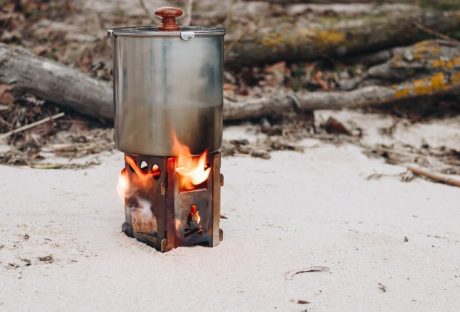Moving is a time taking process which usually stars right after the move is confirmed and often ends with the moving date flashing on the calendar. The job demands a lot of efforts and doing the same tasks over and over again. The monotonous and complicated nature of packing often intimidates homeowners, who, in return, feel demotivated to take up the job of packing efficiently for a successful move.
Considering the repetitive nature of the process and also the extended time frame, it isn’t easy to keep up your motivational spirit. But, timely pacing is important as you have your complete household belongings to be packed and move on a specific date. If you do start pacing early, you will end up messing you’re your time table and at last, leaving a lot of mess behind. If you too are feeling the lack of motivation and want to pump up your spirits to start packing, here are some amazing ways:
Make a packing list first:

Often the lack of knowledge as to where to start and what to do first makes the homeowners rather demotivated. There are a lot of things that homeowners must know in order to feel motivated to kick start the packing process. This includes what to pack when to pack, how to pack and more. If you too are dealing with these such complications, you must make a packing list first.
Make a list of all the items that you want to move with you to the new house before you end up doing nothing and lose a good amount of days. Many homeowners miss a number of days due to inactivity and end up with nothing but a lot of panics.
So, the first thing that you must do is make a packing list, have a timeline for all the items and get started.
Enjoy organized packing:

If you want to enjoy maximum efficiency in your packing process, you must know that it can only be achieved with logical progression. Organized packing is the secret of the best local moving companies and by following it, you too can attain the desired success. The first thing that you must focus on is to start the packing process as soon as possible. This will offer you enough time to follow your packing schedule and timeline. Also, start from the toughest rooms to pack to make sure you have enough challenges to make the job interesting.
Pack only what should be packed:
You must not exceed your limits by trying to pack everything on your own. Limit your packing efforts to the thing that you consider easy and possible to pack. Items like appliances, furniture, piano, and others are tricky to pack and should be packed with the help of the professionals only. However, you can always try to pack items that can be fit in the cardboard boxes as packing boxes are easier.
Ask for help:
You must always ask your friends to help you with the packing process. Your friends may have experience of packing various household items. Moreover, you can also enjoy spending some time with your friends and family in your last few days together. If you do not have friends or families to ask for help, contact the best local moving companies and enjoy their expertise.
Downsize before you pack:
Packing everything present in your home can make you bored and tired. It is always good to pack only those items that you want. This will not only reduce your packing efforts but also help you save money with reduced moving size. Downsizing is critical to a house move and by honest efforts you can reduce your moving size to more than half. The items that you sort out as unwanted can be sold or donated for a cause.
So, this is how you can make your packing interesting and get started with your moving process.
Read Also:






















